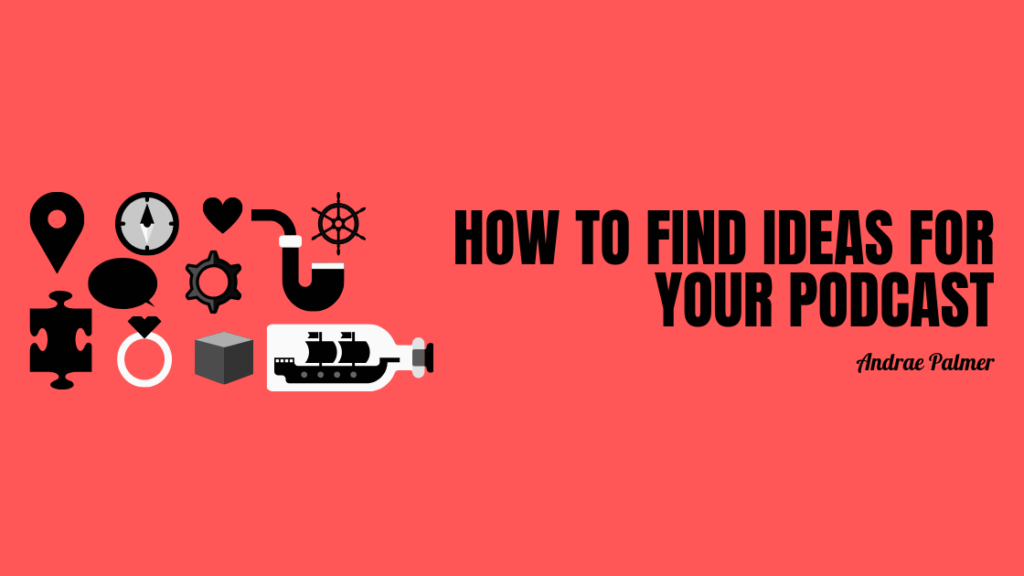Choosing the right call to action for your podcast is important to get your listeners to take the next step. That next step is dependent on where they are in the buying cycle. The question that might come up is, how do I use a call to actions without being too pushy? Or coming across as a sleazy salesperson?
Match the offer to the content
The first thing to think about is, what do you want your listeners to do after listening to your show? Do you want feedback? Do you have a checklist they should download that will help them or to purchase a book?
These are the questions you should answer when crafting your action step. This will find a better balance for your show. Not all the time you will have something to sell. That’s ok, and it will be good if you don’t sell all the time.
What’s the purpose of your podcast in the buying cycle?
The second thing to think about is, what are you using the podcast for? This is equally important so you understand what call to actions to use. This will ease the stress of trying to figure out which one to use. So if you don’t understand what the buying cycle is its pretty simple.
- Have a problem
- Search for a solution
- Find a solution
- Comparing the solution
- Buy the best solution to fix the problem
At each step of the way, you will create specific content to push people through the system. When you map out the system, you can match the content to where your customers are on the buying cycle. So that’s why it’s important for you to decide what your podcast goal is. Is it to attract potential customers and turn them into leads? Then your call to action will be more of a soft sell to get them to join your mailing list and you use email marketing to do the heavy selling.
Let the call to action fit naturally in your show
The last thing to consider is finding the right place to put the call to action. This will help listeners to naturally take the next step when they are ready. This is equally important because not everyone will take action but some will. And having the call to action in the appropriate place will help.
So how do you naturally fit the call to action in your show? Amy Porterfield on her podcast from time to time teaches various aspects of online course creation, and have pdf worksheets for her listeners. Throughout the show, she periodically reminds listeners of the URL to download the worksheet. If you find value in what she is saying and want to follow along, you will download the worksheet. Her listeners take the action and she reaches out to them later with a hard sales offer via email afterwards.
I hope this article has answered a few questions about using calls to action in a podcast.
